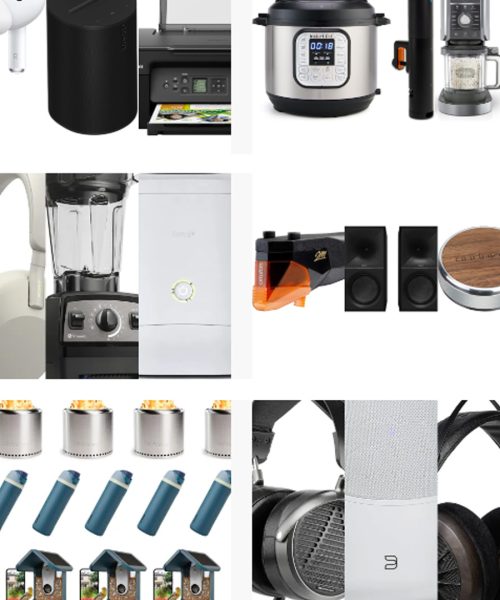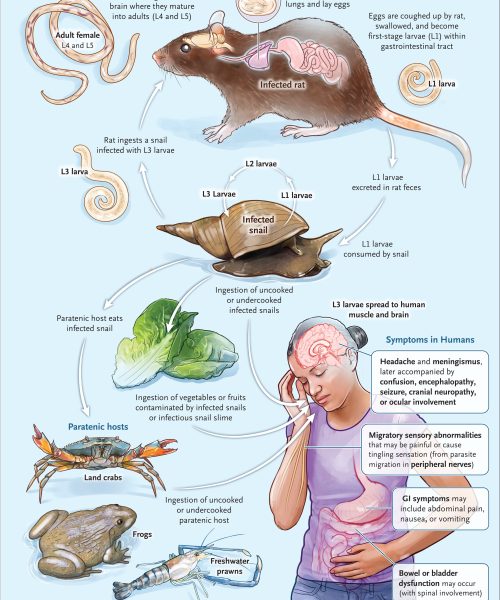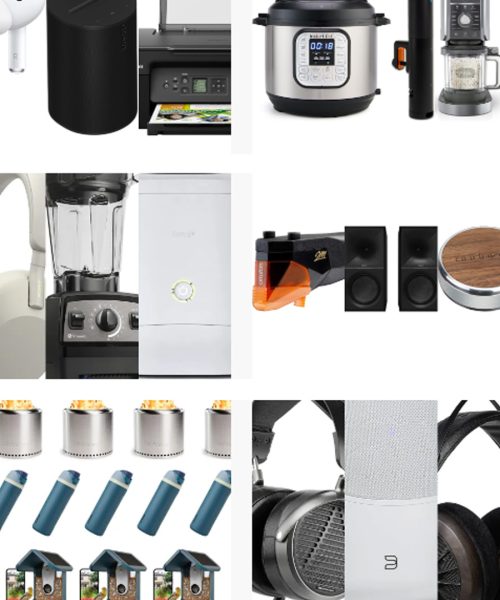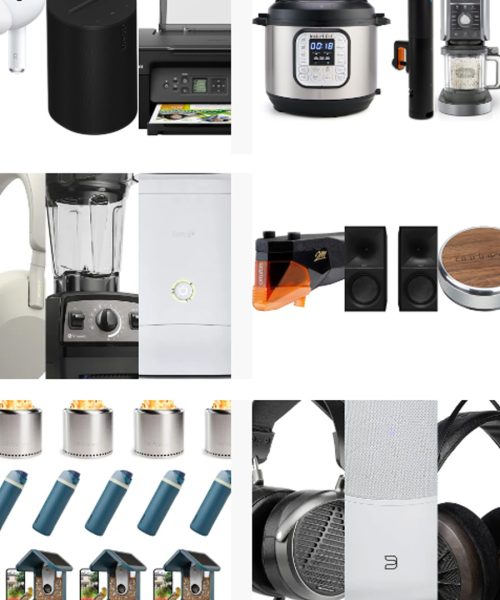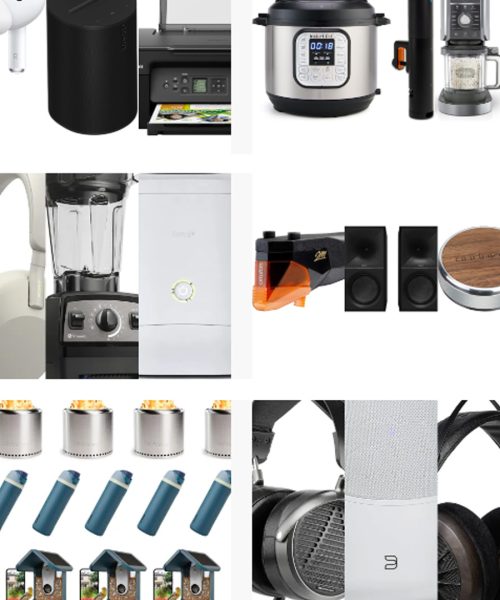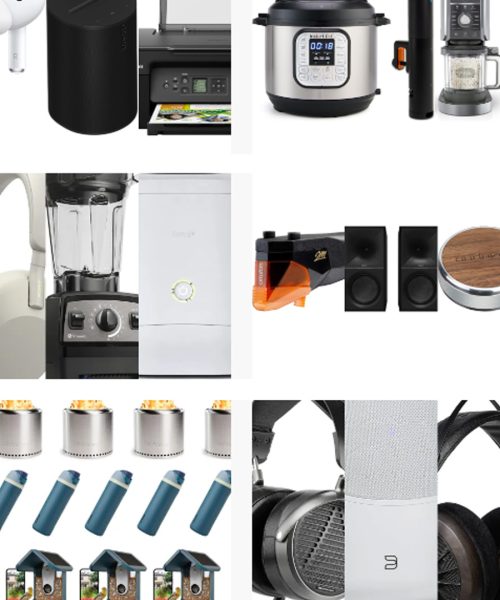
One of the most prominent medical developments in recent years has been the emergence of a class of drugs called glucagon-like peptide-1 receptor agonists (GLP-1 RAs). The best known of these drugs is Ozempic, a medication for diabetes often prescribed for its off-label use as a weight loss aid. A new study published in the journal Addiction on October 16 investigates whether GLP-1 RAs could prove to be effective treatments for substance use disorders (SUDs).
Researchers looked at 100 million anonymized medical records from Oracle Cerner Real-World Data, a large database of de-identified medical data. The records covered the period January 2014—which, as the study notes, “coincided with the initial US Food and Drug Administration approval of many GLP-1 RA medications”—to September 2022. The researchers identified records of people with diagnosed SUDs—specifically opioid use disorder (OUD) and alcohol use disorder (AUD)—who also happened to be taking a GLP-1 RA for diabetes or weight loss. They then compared rates of “severe outcomes”—opioid overdoses and acute alcohol intoxication events, respectively—to rates amongst people in the dataset who had OUD or AUD but were not taking a GLP-1 RA. The results appear promising: rates of opioid overdose were 40% lower in those taking a GLP-1 RA than in those not taking one of these medications, while rates of acute alcohol intoxication incidents were 50% lower.
Dr Fares Qeadan, the paper’s primary author, explains to Popular Science that opioids and alcohol were chosen for the study because “both … interact with reward pathways in the brain that GLP-1 receptor agonists (RAs) are known to influence, which aligns with the hypothesized mechanism of action for these medications.”
This hypothesized method of action involves the brain’s reward pathways, which provide a sense of pleasure and gratification when activated, encouraging a person to repeat the behavior that caused these feelings. “Preliminary research suggests that GLP-1 RAs modulate dopamine in reward pathways,” explains Qeadan. In other words, these drugs seem to work by suppressing the activation of these pathways. This reduces both the urge to carry out the behavior in question (i.e. cravings) and the feelings of gratification that results from fulfilling such an urge.
The quid pro quo is that in some patients, it’s not only certain behaviors that are modulated by Ozempic—some patients report what Qeadan calls “a generalized reduction in pleasure.” In some people, this can worsen symptoms of conditions like depression, of which anhedonia—a general inability to find joy or pleasure in life—is already a symptom.
There is significant comorbidity between SUDs and mental health issues, and as a result, Qaedan says that “monitoring mental health outcomes and considering adjunct psychological support is critical if GLP-1 RAs are to be used for SUDs, especially in populations at risk for mood-related side effects.” He also suggests that it will be “particularly [important] to understand if the medications can selectively dampen drug-related reward without affecting other positive experiences.”
More generally, one of the perpetual questions with SUDs is how to strike a balance between treating the addiction itself and treating the underlying causes of drug use. Existing treatments for OUD, in particular, involve transitioning patients away from dangerous short-acting opiates like diamorphine (heroin) and fentanyl onto either methadone or buprenorphine, allowing users to taper slowly off opioids while also receiving counseling and psychotherapy.
“Many people with SUDs are coping with underlying mental health or systemic issues,” agrees Qeadan. “Medications like GLP-1 RAs may reduce the compulsion to use substances by dampening reward signals, but they don’t address these underlying issues directly. [And] unlike traditional medication-assisted treatments (MAT) such as methadone or buprenorphine, which offer a gradual step-down approach and support harm reduction, GLP-1 RAs would likely be used more to reduce cravings and dependency behaviors quickly.”
This raises the question of what sort of psychological support would be required for people undergoing relatively rapid transitions off the substance to which they’re addicted, and whether existing rehabilitation infrastructure would be able to provide this support. Qeadan says this is a crucial area for future research: “Going forward, research on the integration of GLP-1 RAs with psychological support would be invaluable in helping to create a balanced and effective treatment model for SUDs, one that addresses both the behavioral and systemic challenges underlying addiction.”
Qeadan and his colleagues’ paper has also raised several other key questions for future research. As the study looked only at the frequency of severe events, it remains unclear exactly how GLP-1 RAs drive reductions in such events—researchers are uncertain whether patients taking these medications used alcohol or opioids less frequently, or less heavily, or both.
It’s also unclear how transitioning off GLP-1 RAs would affect people using them to treat SUDs. While some studies have found that most people prescribed GLP-1 RAs for the off-label use of weight loss were able to maintain a lower weight when they go off the drug, other studies have found the opposite. One of the latter studies noted that its findings “confirm[ed] the chronicity of obesity and suggest[ed] ongoing treatment is required to maintain improvements in weight and health.” Given that SUDs are also chronic conditions, it seems important to investigate whether going off an GLP-1 might contribute to relapse rates.
“Our study followed participants over several years,” says Qeadan. “The protective effects of GLP-1 RAs appeared consistent within this timeframe. However, we don’t yet have data on whether patients might require increased doses over time or how outcomes might change if they transition off GLP-1 RAs. Long-term studies would be valuable to understand if tolerance develops or if the benefits are sustained without increasing doses.”
This last point could be the most exciting of all. While there are already pharmaceutical treatments available for OUD and AUD, this isn’t the case for all drugs. Indeed, there are no FDA-approved treatments at all for several of the most commonly-abused illegal drugs, cocaine and methamphetamine being the most prominent examples. Could GLP-1 RAs also be effective for addictions to these drugs?
Qeadan is cautiously optimistic: “The mechanism of GLP-1 RAs in modulating reward and craving behaviors could indeed have potential across a range of addictions, potentially extending the therapeutic applications of these medications to other substances [like] cocaine.” However, he cautions that “further research [is needed to] explore whether GLP-1 RAs impact the reward circuits involved in stimulant addiction.”
Ultimately, this study is a new first step toward a diversification of treatment options available for SUD. Qeadan says the next step will be clinical trials: “To advance our understanding, randomized controlled trials specifically focused on SUDs are a top priority. These trials could confirm whether GLP-1 RAs directly reduce substance use, help determine optimal dosing regimens, and establish long-term safety profiles.”
He also suggests several other areas for future research: “Neuroimaging studies would also be valuable to observe changes in reward circuitry in real time, allowing us to see how GLP-1 RAs affect brain activity related to craving and addiction. Additionally, studying the effects of GLP-1 RAs on other types of addiction, such as stimulant or nicotine dependence, could clarify the broader applicability of these drugs and help guide tailored interventions.”
